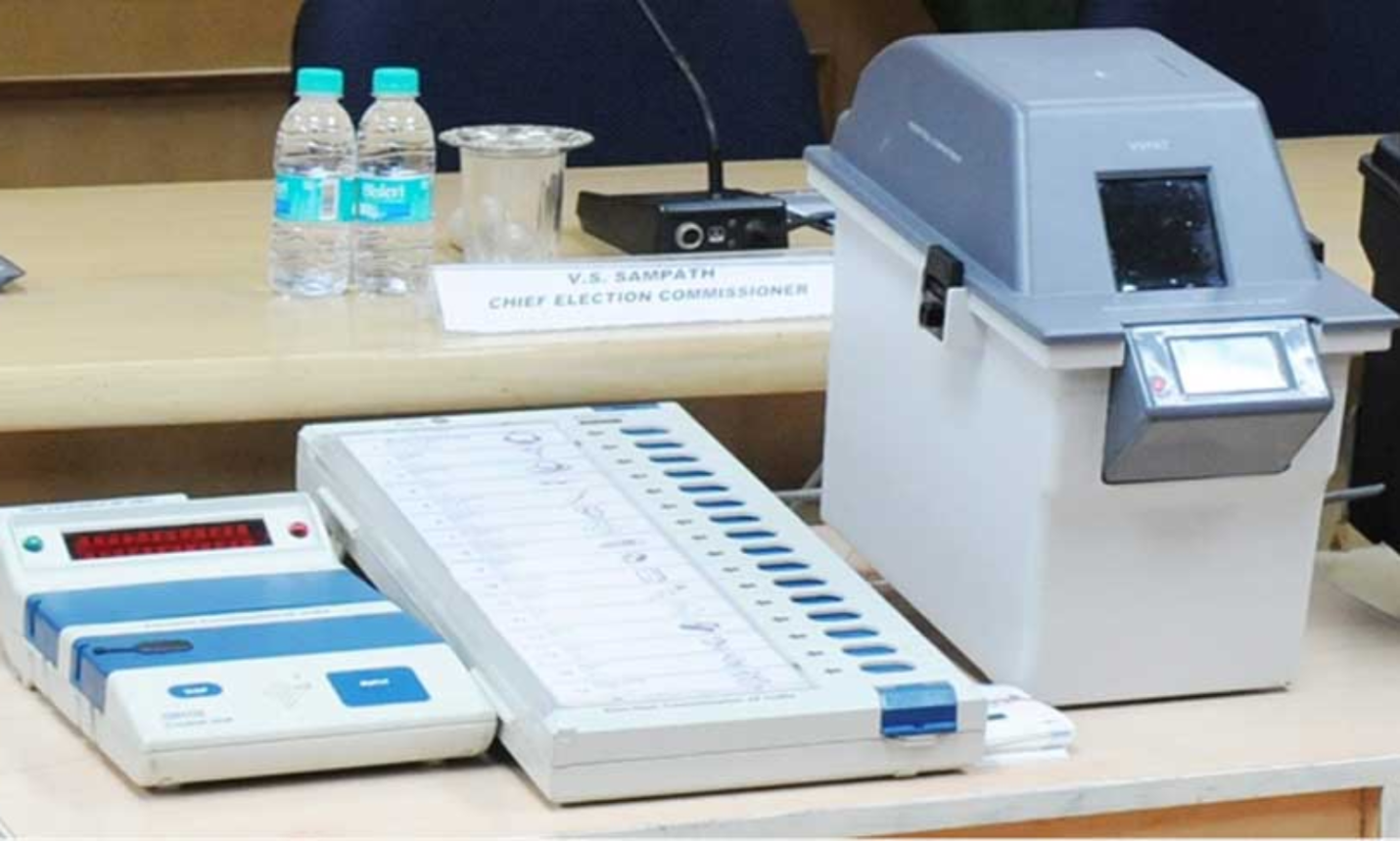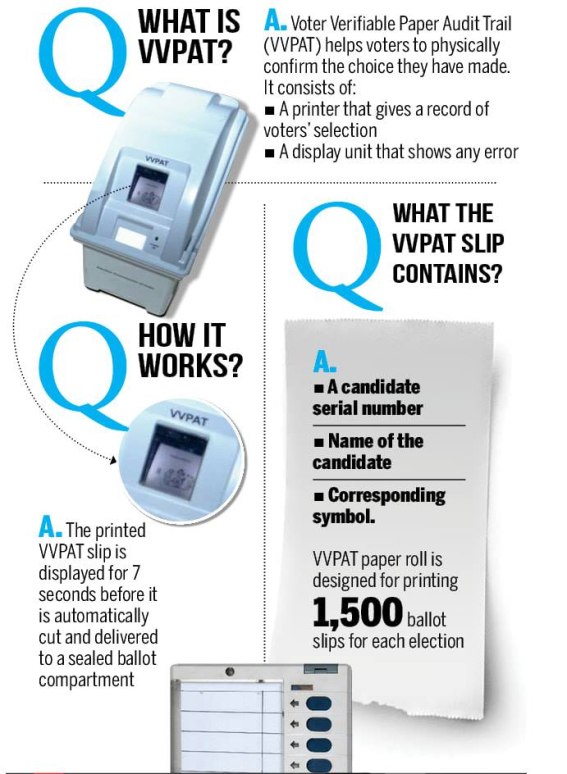Free Courses Sale ends Soon, Get It Now


Free Courses Sale ends Soon, Get It Now



Copyright infringement not intended
Picture Courtesy: www.livelaw.in
Context: India is gearing up for the 2024 Lok Sabha elections, which are expected to be the largest democratic exercise in the world. More than 900 million voters will cast their ballots using Electronic Voting Machines (EVMs).
Details
Voter Verifiable Paper Audit Trail (VVPAT)
Background
Features

Significances
Steps taken
Challenges
Way forward
The VVPAT system is a valuable addition to the electoral system of India, as it enhances the accuracy, transparency and credibility of the voting process. However, it also requires constant improvement and innovation to overcome its challenges and limitations. Some of the possible measures that can be taken are:
Conclusion
Must Read Articles:
Voter Verifiable Paper Audit Trail (VVPATs): https://www.iasgyan.in/daily-current-affairs/voter-verifiable-paper-audit-trail-vvpats
|
PRACTICE QUESTION Q. What are the key considerations and challenges in the ongoing debate on electoral reform in India, particularly concerning the demand for 100% verification of VVPAT slips, and how can the electoral system be adapted to enhance transparency and public trust while maintaining efficiency? |
© 2024 iasgyan. All right reserved